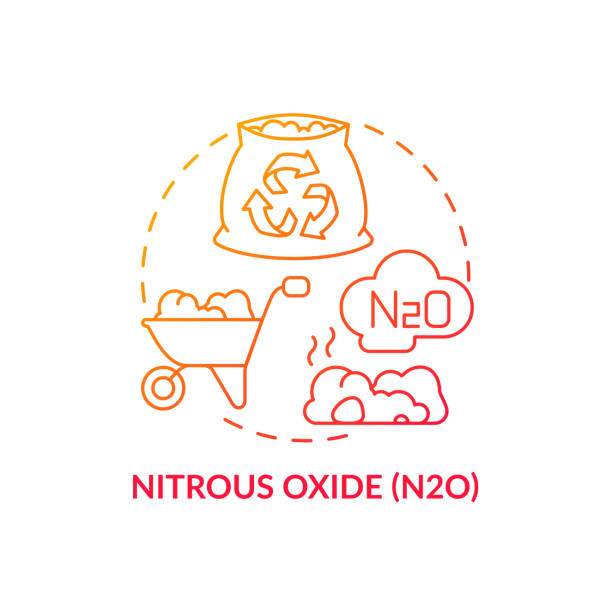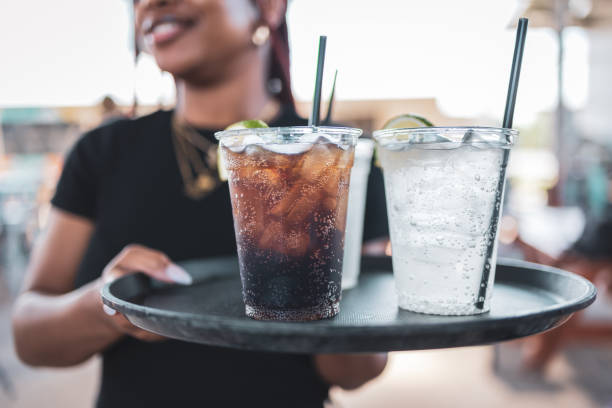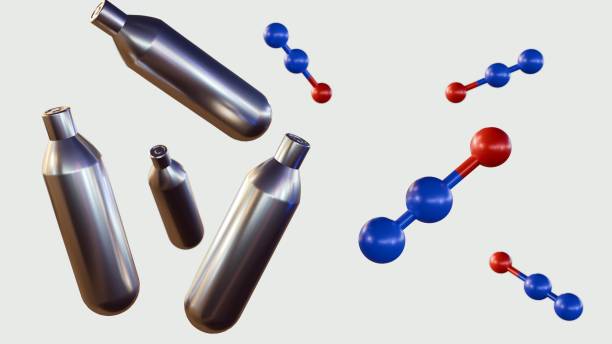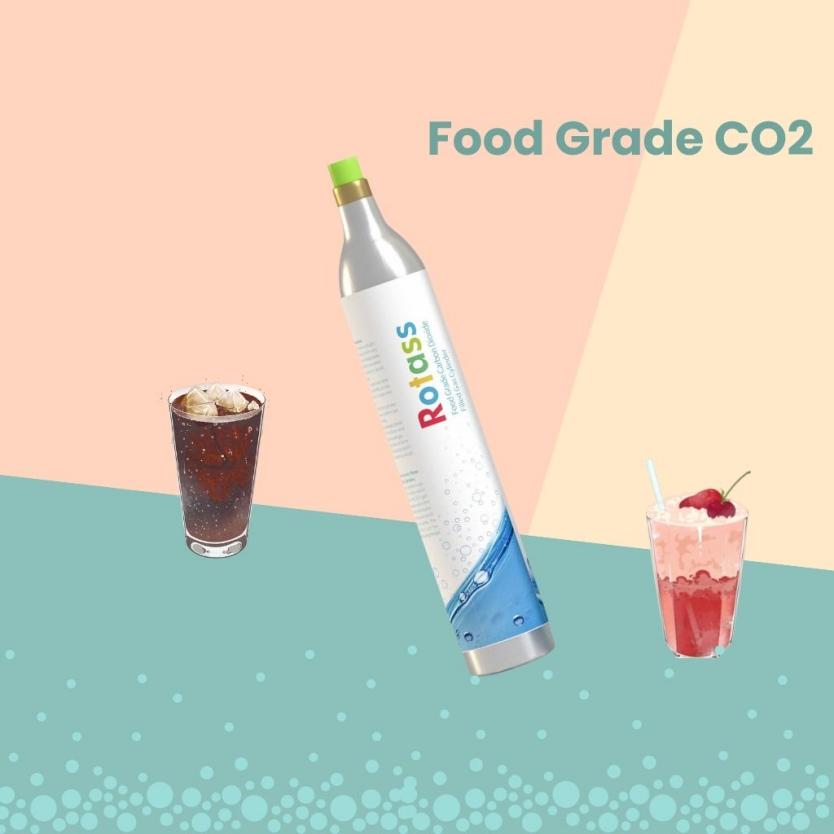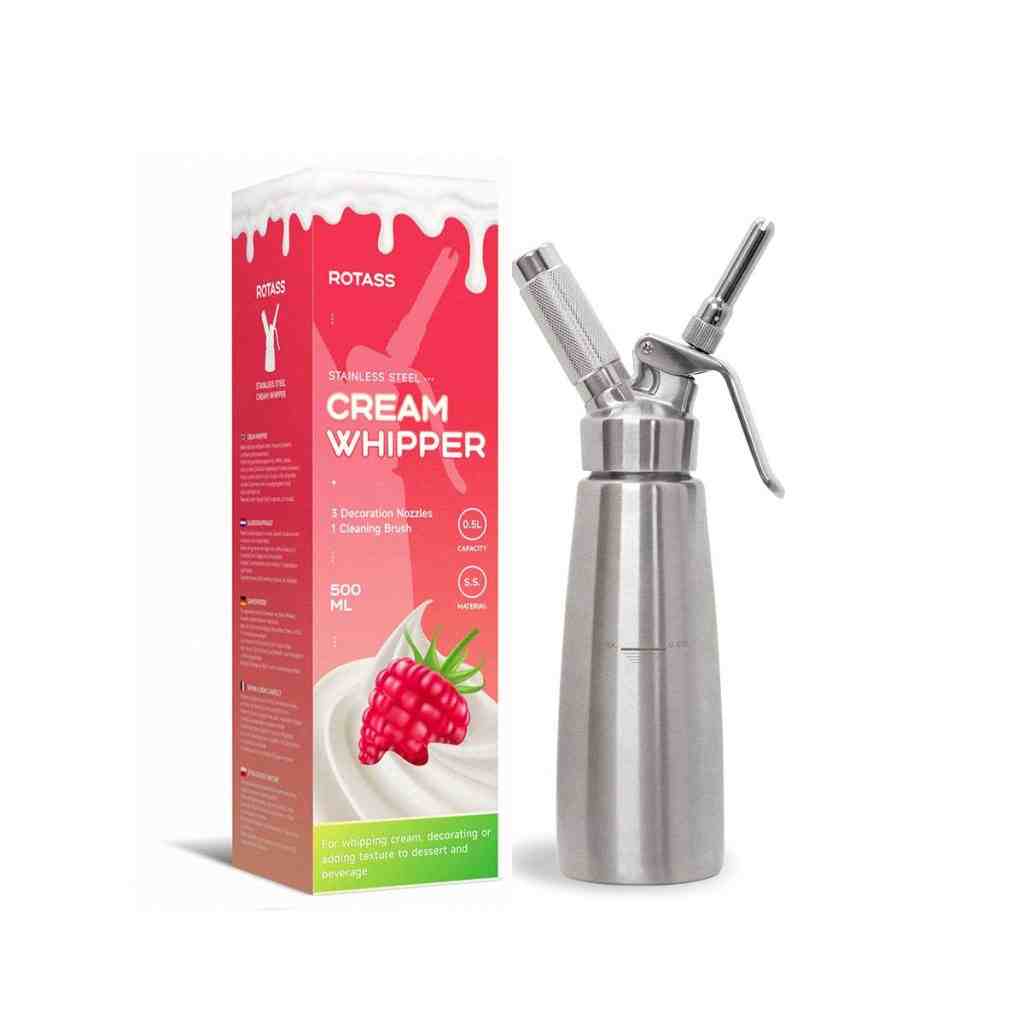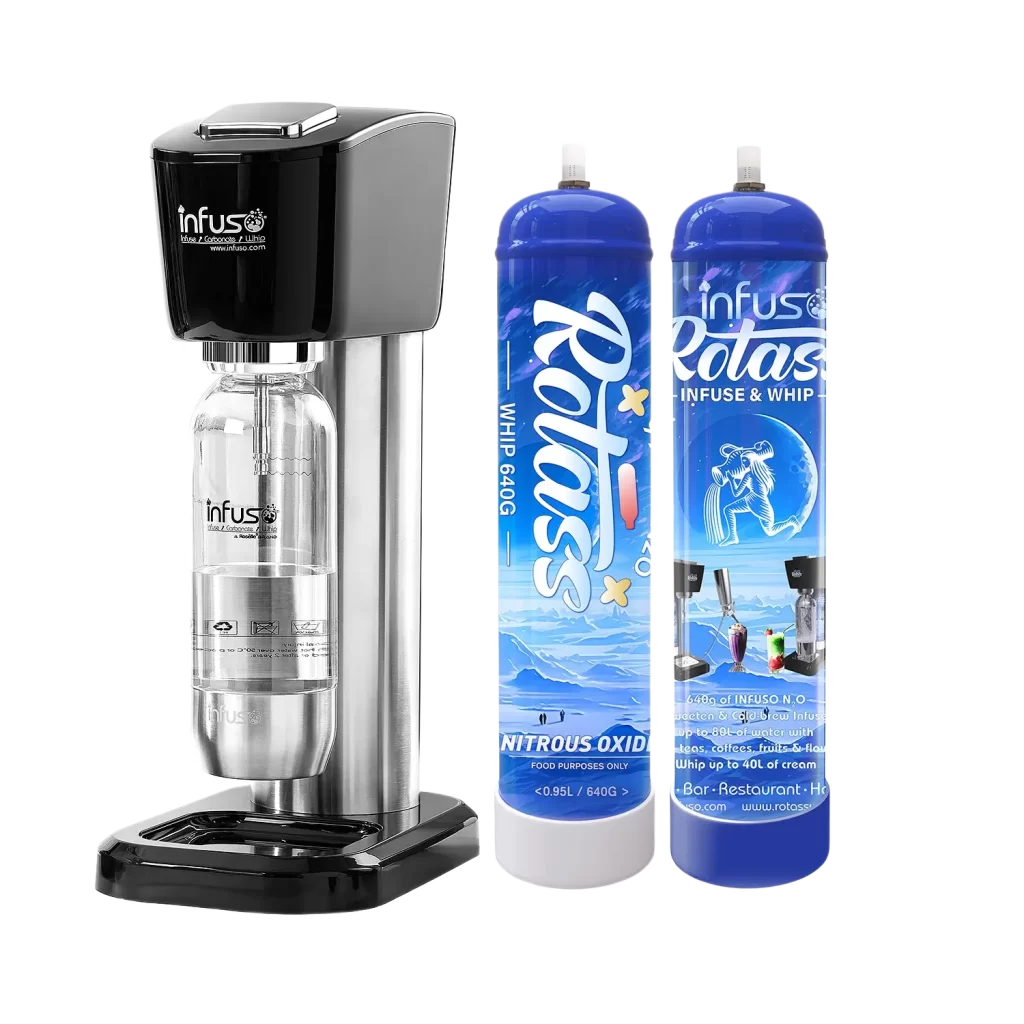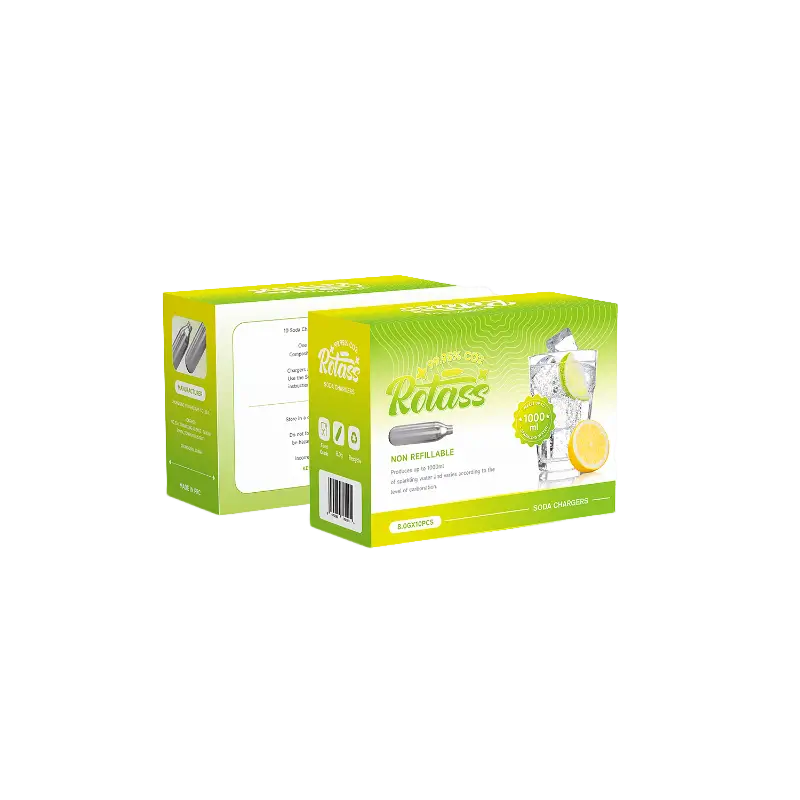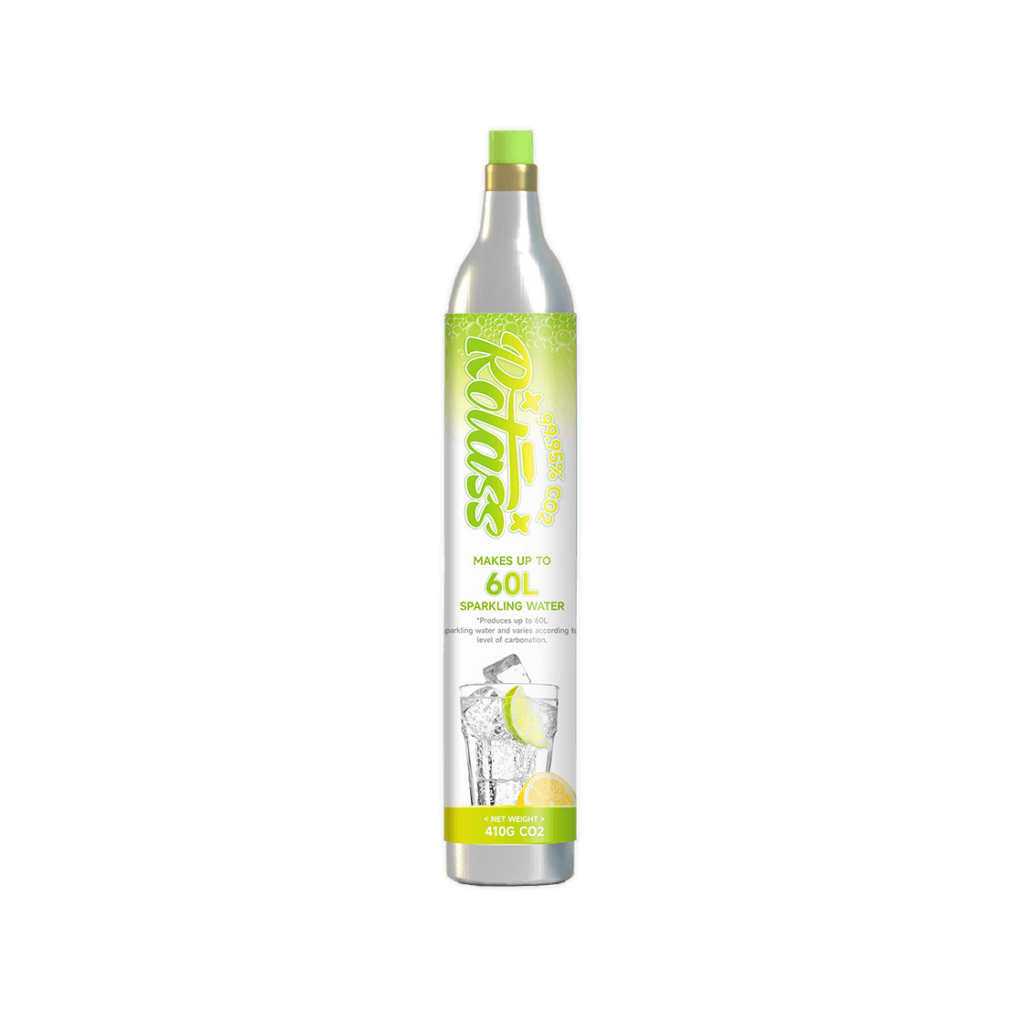2025 / 10 / 10
Everything You Need to Know About Carbonated Water: From Soda to Bubbles
Table of Contents
Carbonated beverages have long been a daily choice for many people. Some people like to have a refreshing glass of sparkling water after meals to relieve the greasiness, while others are fond of the unique flavor of soda water. On supermarket shelves, we often see “soda water” and “carbonated water” appear side by side, with almost the same appearance, making it difficult to tell the difference.
In fact, although both belong to sparkling beverages, there are obvious differences in their ingredients and tastes. At the same time, how do those bubbles that make the beverages full of vitality enter the water? This involves the principle of carbonation.
What Are The Differences Between Soda Water And Carbonated Water?
Carbonated water can be said to be the most fundamental “drinking water with gas”. Its production method is very straightforward. It involves injecting carbon dioxide into pure water and forming bubbles under pressure. This drink is refreshing and clean, without any additional flavors. It is suitable for those who simply want to experience the effervescent texture.
Soda water is made by adding sodium bicarbonate (commonly known as baking soda) or other minerals to carbonated water. It is precisely because of the presence of this component that soda water has a slightly salty or alkaline taste when entering the mouth. Compared with pure carbonated water, its flavor is more layered. It is not only often used for direct consumption but also frequently serves as the base for cocktails and other mixed drinks, enhancing the flavor of the beverages.
Let’s have a brief sum
- Component difference: Carbonated water = water + carbon dioxide. Soda water = carbonated water + sodium bicarbonate/minerals.
- Taste difference: Carbonated water is refreshing, while soda water is slightly salty and alkaline.
- Application scenarios: Carbonated water is more suitable for daily consumption, while soda water is more commonly found in prepared beverages.
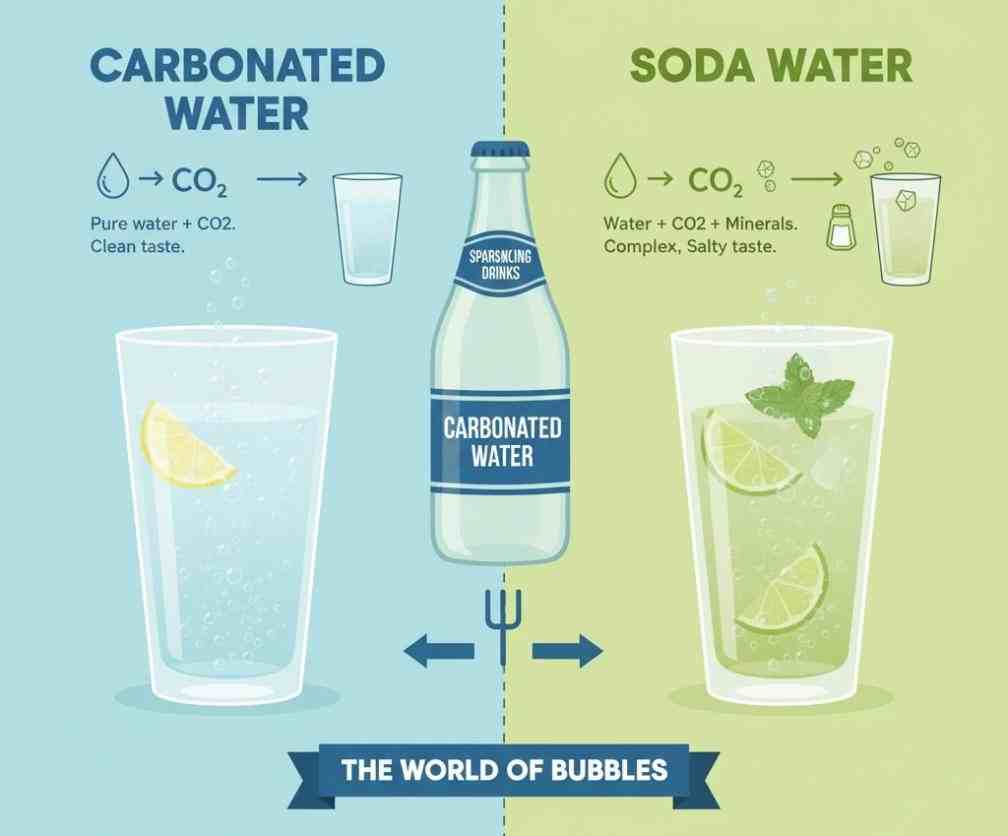
What Is Carbonation?
If one wants to understand the essence of carbonated water and soda water, one word cannot be avoided: carbonation.
Carbonation refers to the process by which carbon dioxide dissolves into water or beverages under high pressure. In a sealed state, these gases are trapped in the liquid. Once the bottle cap is opened, the pressure drops sharply and the gas is released rapidly, forming a string of bubbles, providing a dual experience of vision and taste.
From a chemical perspective, when carbon dioxide dissolves in water, it also reacts with water to form a small amount of carbonic acid (H₂CO₃). This gives the beverage a slight sourness and is also one of the special flavors we experience when drinking sparkling water.
It can be said that carbonation is not only the key for beverages to have bubbles, but also an important reason that makes people fascinated by this kind of drink.
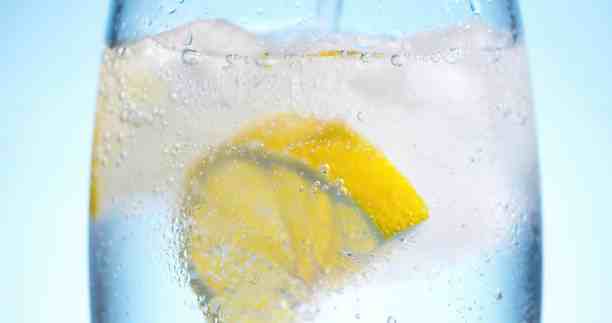
How Is Soda Carbonated?
Carbonation sounds mysterious, but in fact, the process is not complicated. In large beverage factories, carbonation is usually divided into several steps:
- Cooling water body: First, cool the water to a lower temperature, as a lower temperature is more conducive to the dissolution of carbon dioxide.
- High-pressure gas injection: Carbon dioxide is injected into water through equipment and maintained at high pressure to ensure that the gas can enter the liquid evenly.
- Sealed storage: Once the carbon dioxide is fully dissolved, it will be immediately sealed to ensure that the gas does not escape.
In addition to industrial production, there are also soda makers for household use on the market now. Its working principle is very simple: Install the CO₂ gas cylinder on the machine, press the button, and the carbon dioxide will be pressed into the water. In just a few seconds, you can make fresh sparkling water at home, which is both convenient and environmentally friendly.
What Makes Soda Carbonated?
The key to making soda water and carbonated water “bubble” is carbon dioxide. It dissolves into water under high pressure, and a large amount of gas is stored in the liquid. Once the environmental pressure drops, for example, when the bottle cap is opened, carbon dioxide will be rapidly released, forming small bubbles. These bubbles keep rising, stimulating the tongue and mouth, bringing a slight stinging sensation and a unique refreshing experience. The carbon dioxide content in different beverages varies, and so does the strength of the bubbles. This is why the tastes of soda water, beer and soda water are all different.
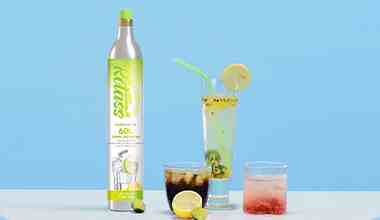
CO₂ Carbonator is an important tool for making this kind of bubble more persistent and controllable. It evenly injects carbon dioxide into water or beverages through precise pressure control and gas injection technology, not only ensuring uniform bubbles but also allowing for adjustment of bubble concentration as needed. Whether in catering, laboratory or industrial Settings, it can make the taste of beverages more consistent.
The charm of this carbonation can also be experienced in daily life. For example, the classic cocktail Ramos Gin Fizz cannot do without the embellishment of carbonated water or soda water. After shaking and mixing gin, lemon juice, lime juice, syrup, egg white, cream and a small amount of orange blossom water, add sparkling water to form fine and dense foam and a light taste. Without bubbles, the signature freshness and layering of this cocktail cannot be presented. By using CO₂ Carbonator, bartenders can precisely control the bubbles to ensure that every drink achieves the desired effect.
How To Make Carbonated Water At Home?
It’s not difficult if you want to make carbonated water at home by yourself. The main methods are as follows:
Use a Soda Maker
- Pour the cooled pure water into the equipment container
- Connect the CO₂ gas cylinder and press the button to inject carbon dioxide
- Adjust the bubble concentration and you can get fresh carbonated water in just a few seconds
Bottling method (Simple Family Method)
- Pour cold water into a sealed bottle
- Use CO₂ filling devices or carbonic acid powders (such as sodium bicarbonate + citric acid)
- Shake the bottle cap well after sealing it to dissolve the carbon dioxide
Tips
- The lower the water temperature is, the easier carbon dioxide dissolves
- When opening the bottle cap, do it slowly to avoid the liquid spraying out
- A small amount of minerals or seasonings can be added according to taste
By these methods, you can also make sparkling drinks with homemade carbonated water and even mix classic cocktails.
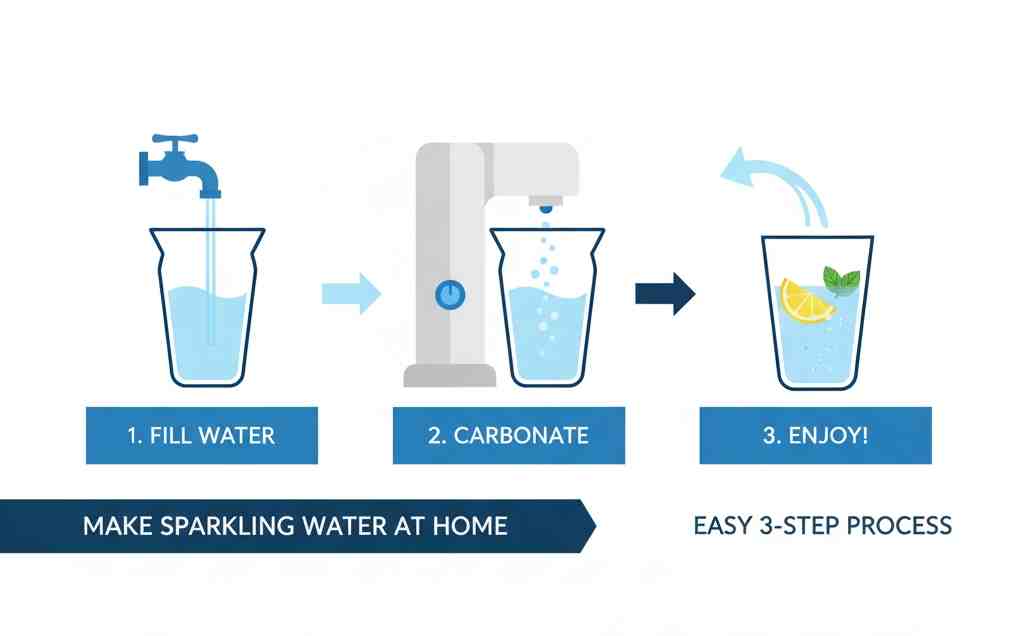
Conclusion
Soda water and carbonated water both belong to the category of sparkling beverages. However, if distinguished carefully, they have obvious differences in terms of ingredients, taste and usage scenarios. Carbonated water is the purest sparkling water, while soda water, due to the addition of sodium bicarbonate or minerals, has a hint of saltiness and flavor layers.
Where do the bubbles come from? The answer is carbonation. Carbon dioxide is injected into water under pressure and released when opened, creating the familiar “bubbling” scene. Whether it’s sparkling water, soda water, carbonated drinks or beer, they all rely on the same scientific principles behind them. CO₂ Carbonator makes the carbonation process more efficient and controllable, and can make classic beverages.
The next time you pick up a bottle of carbonated drink, think about it: Behind this refreshing sip, there actually lies a perfect blend of science and life.

